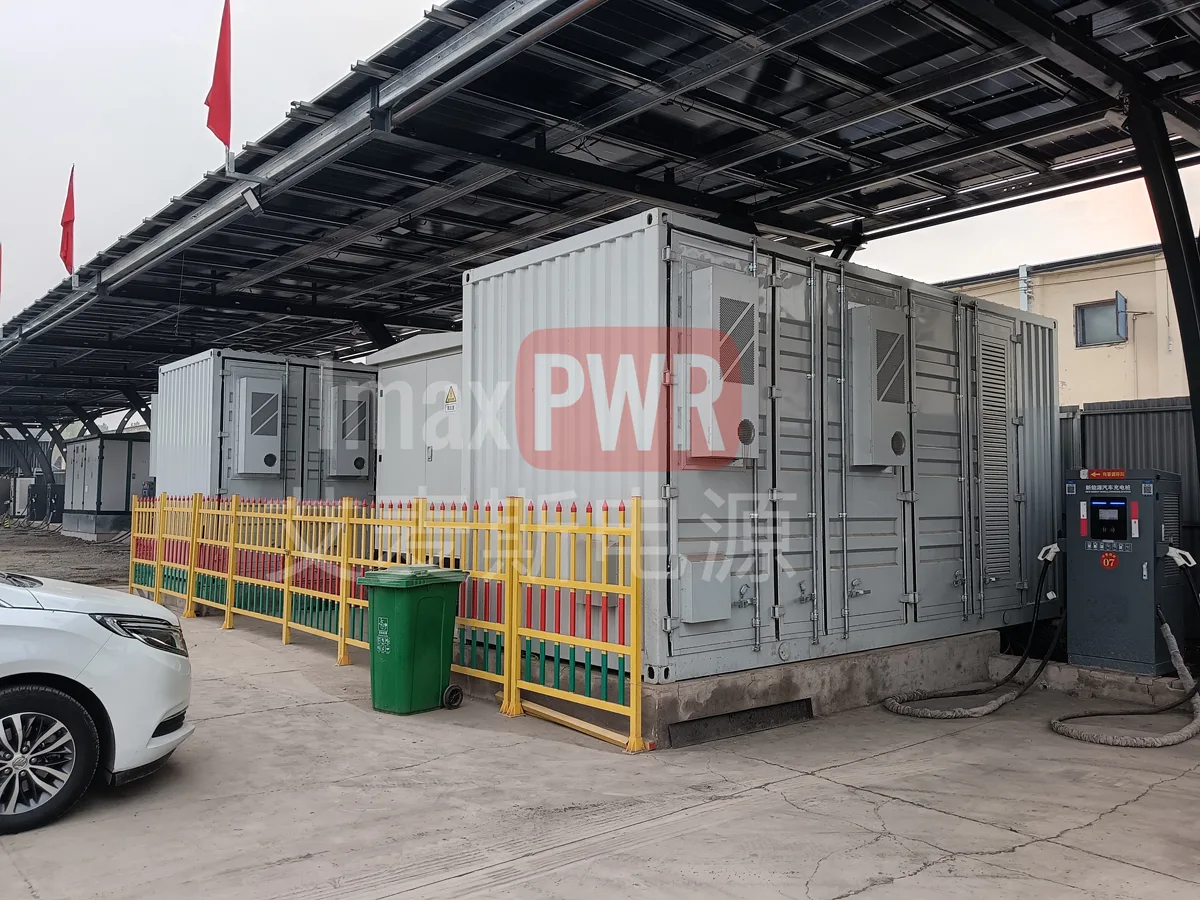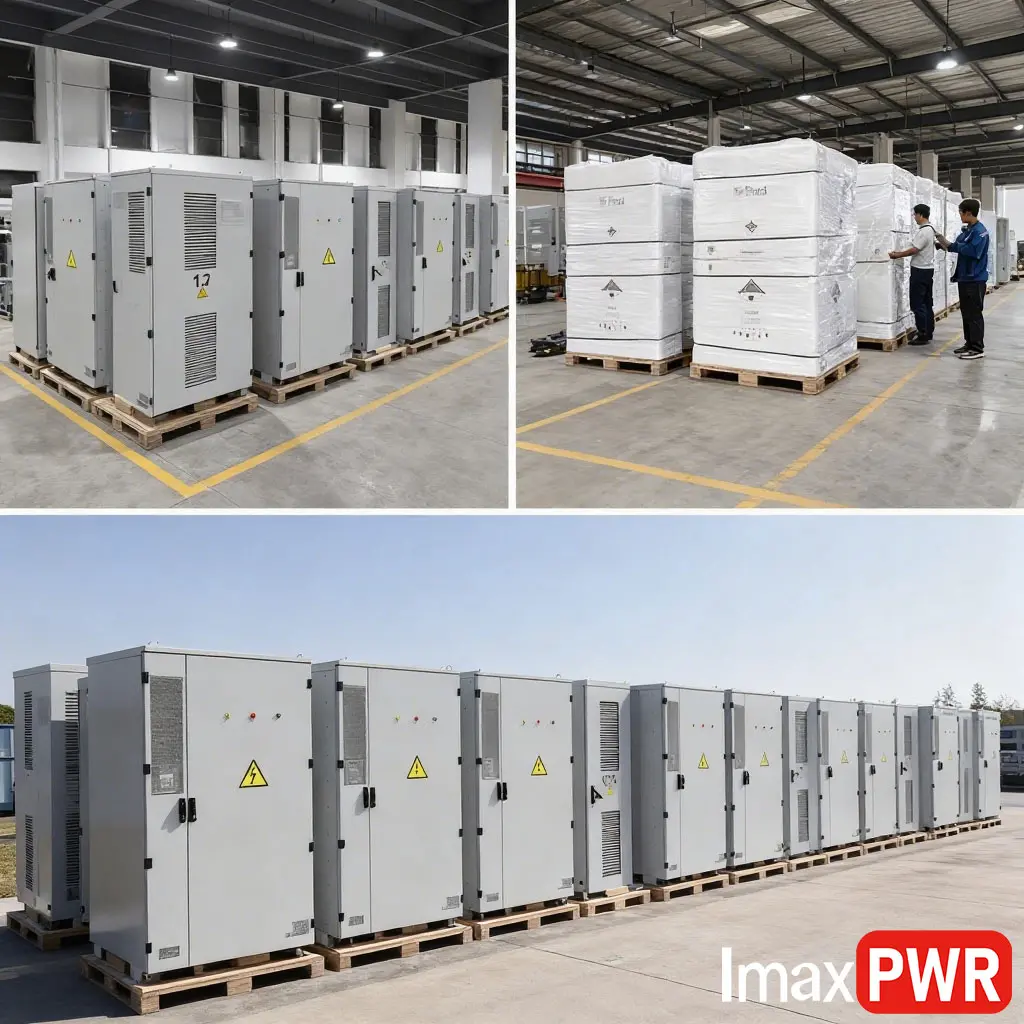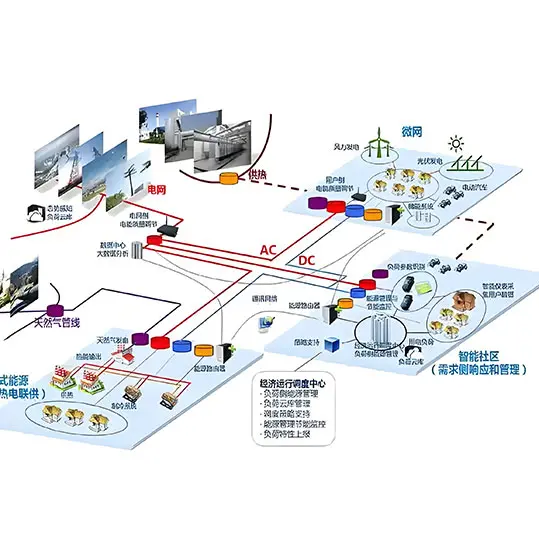Pulse power supplies include single positive pulse and double positive and negative pulse power supplies. They use unique modulation technology and digital control. Users can adjust the positive pulse turn-on width (T+) and the negative pulse turn-on time width (T-) within the full cycle respectively. Users can independently adjust the forward current, voltage regulation, negative current, and voltage. They fully meet the different needs of customers. These power supplies suit gold plating, silver plating, nickel plating, tin plating, etc. They can significantly improve the coating performance.
Basic working principle of pulse power supply technology
During the pulse electroplating process of pulse power supply, the current turns on. The pulse (peak) current equals several times or even dozens of times the ordinary DC current. This instantaneous high current density makes metal ions reduce under extremely high overpotential, thus making the grains of the deposited layer thinner. When the current turns off, the discharged ions near the cathode area return to the initial concentration, eliminating the concentration polarization. This benefits the use of high pulse (peak) current density in the next pulse period. At the same time, the shutdown period brings recrystallization, adsorption and desorption, and other beneficial phenomena to the deposited layer. This process runs synchronously throughout the entire electroplating process, and the mechanism contained in it constitutes the most basic principle of pulse electroplating. Practice proves that pulse power supply has incomparable advantages over traditional DC plating in refining crystallization, improving physical and chemical properties of coatings, and saving precious metals.
First, it stores energy slowly to make the primary energy source have enough energy. Then it charges (or flows into) the intermediate energy storage and pulse forming system. After the energy goes through some complex processes such as storage, compression, pulse formation or conversion, it rapidly discharges to the load.
Pulse power supply application
Pulse power supply outperforms traditional electroplating power supply and represents the development direction of electroplating power supply.
The double-pulse power supply plating is more detailed and has a better finish than the single-pulse power supply. The anodizing dissolution of the reverse pulse of the double-pulse power supply makes the metal ion concentration on the cathode surface rise rapidly. This benefits the use of high pulse current density in the subsequent cathode cycle, so the coating is dense, bright, and has low porosity. The pulsed anodic stripping of the reverse pulse of the double-pulse power supply greatly reduces the adhesion of organic impurities (including brighteners) in the coating, so the coating has high purity and strong resistance to discoloration.
Double pulse power supply suits electroplating of gold, silver, rare metals, nickel, zinc, tin, chromium, and alloys. It suits electroforming of copper, nickel, etc., energy depositing of electrolytic capacitors, anodizing of aluminum, titanium, and other products, and electrolytic polishing of precision parts.
Pulse power supply selection method
Select the pulse power supply according to the different requirements of the electroplating process:
For ordinary electroplating processes, select single-phase input power supplies for rectifiers with a capacity less than 3kW. When the capacity exceeds 3KW, select a three-phase input power supply to prevent imbalance of the grid voltage. For special electroplating processes that require relatively high ripple coefficients (hard chromium plating, etc.), the continuity of the waveform is particularly important. Choose a silicon rectifier with a voltage regulator or a thyristor rectifier with a filter.
Special electroplating processes also have certain requirements for output waveforms, such as one-time commutation, periodic commutation, unidirectional pulse, bidirectional pulse, DC superimposed pulse, DC superimposed AC, and multi-segment mixed waveforms, etc. The output waveforms of the products differ, and the corresponding uses also differ. Power supply manufacturers specify different models for different output waveforms and uses, so select the type of power supply based on the required output waveform.
Characteristics of pulse power supply form
Common forms
Square wave pulse is the most basic current form of pulse plating, generally called single pulse. Other common forms evolved from single pulses include DC superimposed pulses, periodic commutation pulses, intermittent pulses, etc. Unidirectional pulses include single pulse, DC superimposed pulse, intermittent pulse, etc. Unidirectional pulse means the direction of the current does not change with time. Periodic commutation pulse is a bidirectional pulse form with a reverse anode pulse.





